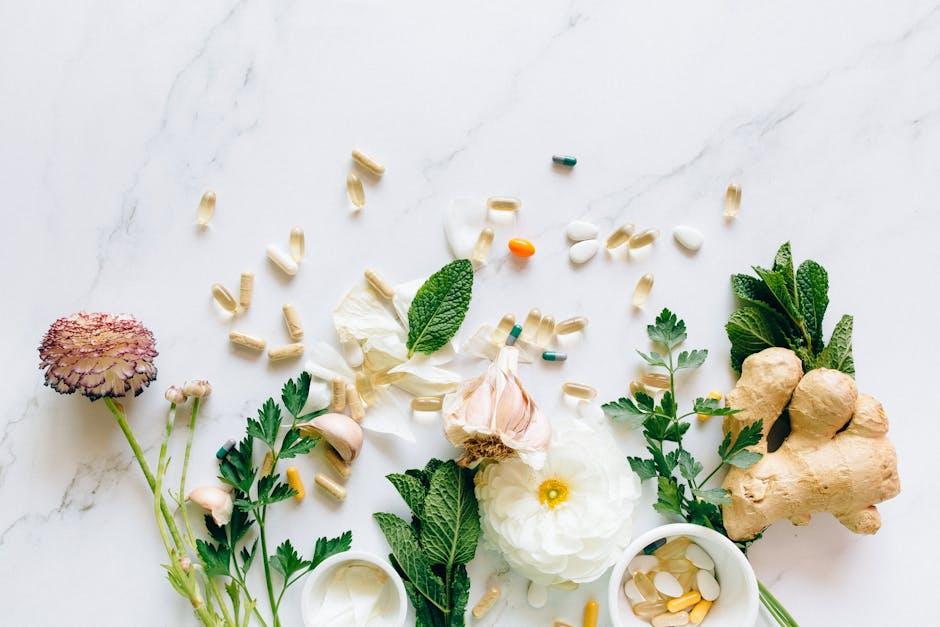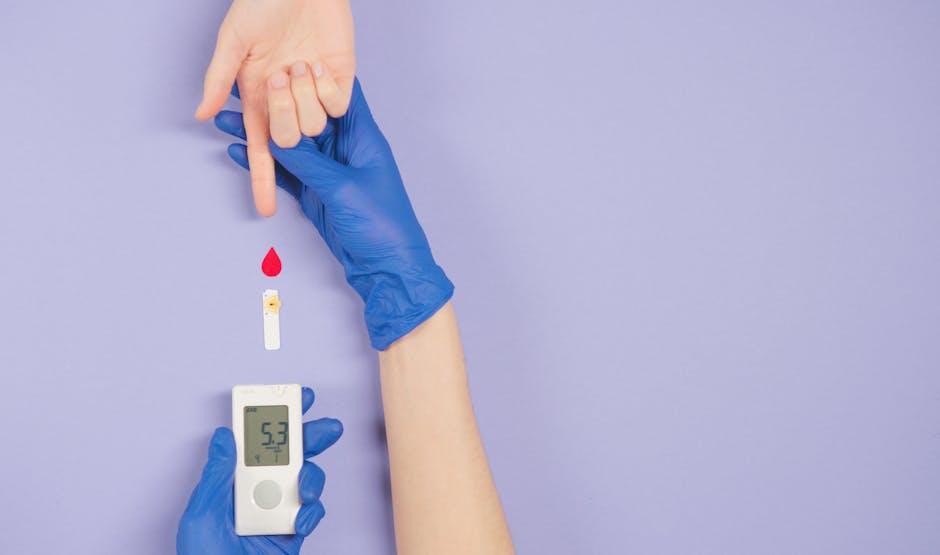:max_bytes(150000):strip_icc():format(jpeg)/Health-GettyImages-1398842514-a9a210aeccfc4e7bb068097bb27f46c6.jpg)
You might switch up your diet or pop a supplement in hopes of living longer. But would you pay thousands of dollars to replace the plasma in your blood?
This procedure, known as plasma exchange therapy, has become a trendy practice in certain circles, like Silicon Valley executives and extreme biohackers. But does it actually work?
A small, preliminary study published in Aging Cell suggests plasma exchange therapy may indeed have anti-aging benefits. But, experts say, there are still many unanswered questions.
The new research helps the field move “from hope to promise,” said Nir Barzilai, MD, director of the Institute for Aging Research at Albert Einstein College of Medicine, who was not involved in the new research. “How do we realize the promise? There’s still a ways to go. You don’t do anything in one study.”
Plasma exchange therapy is a way of “washing” blood to remove unwanted substances, Barzilai told Health. The procedure is often likened to an oil change for your car.
During plasma exchange, clinicians draw blood, then separate out and discard its plasma. The plasma is replaced with either donor plasma or an alternative solution—often made up of saline and protein—before blood is returned to the body.
The procedure has long been used to treat a range of diseases, including blood, autoimmune, and neurological disorders. But more recently, it has also gained traction as a potential anti-aging tool.
“Longevity is quite a different conversation,” Zbigniew Szczepiorkowski, MD, PhD, a transfusion medicine specialist at Dartmouth Health, told Health. On that front, plasma exchange therapy is an “intriguing” but ultimately unproven tool, he said.
As people age, proteins and other substances accumulate in their blood. Theoretically, plasma exchange can flush out this gunk, leaving people with “younger,” healthier blood that, ideally, translates to overall longevity benefits.
That’s not a new idea. In a famous 2005 study, researchers stitched together old and young mice so they shared blood flow. In doing so, “old mice become younger,” explained Irina Conboy, PhD, a professor of bioengineering at the University of California, Berkeley, who led that experiment with her husband, Michael Conboy.
The Conboys’ additional research on animals, as well as very small human experiments, suggest that “you don’t need young blood for rejuvenation.” Plasma exchange therapy might be enough on its own.
A limited number of small studies by other researchers point to similar conclusions. Some evidence also suggests that plasma exchange is beneficial for treating age-related diseases such as Alzheimer’s.
Though small and preliminary, the new study offers more support for plasma exchange as an anti-aging tool.
Forty-two healthy adults, with an average age of 65, underwent the procedure multiple times over several months. Some got regular replacement fluid, while others received an infusion of immune antibodies. Ten people received sham therapy for comparison.
Post-treatment, the researchers used various methods to measure the participants’ biological ages, tapping into an emerging concept that suggests someone may be physiologically older or younger than their chronological age suggests.
“The control group continued to age at the normal rate, whereas we saw in the plasma exchange group some reversal of aging,” study co-author Eric Verdin, MD, CEO of the Buck Institute for Research on Aging, told Health. Verdin is also co-founder of a plasma exchange company.
People who got plasma exchange therapy paired with immune antibodies saw the largest effect, rolling back their biological clocks by an average of 2.6 years. Those who got monthly plasma exchange alone shaved off about 1.3 years.
“I would not go so far as saying that these people have reverted their age,” Verdin said. “We don’t know for sure that they’re going to live longer.” But, he said, signs are pointing in the right direction.
Does Plasma Exchange Therapy Really Work for Longevity?
The research has some limitations. It was small and relatively short, and Verdin and some of his collaborators have financial interests in the findings.
Beyond that, the study used a metric—biological age—that is still somewhat experimental, as there is no universally agreed-upon way to measure it.
Depending on the measurement method used, “I’m anywhere between 20 years younger than my age and four years older than my age,” Barzilai said. “That tells you immediately, we don’t know what the heck [it means].”
The researchers took the average of multiple different measurements to account for this uncertainty, Verdin said.
Szczepiorkowski added that participants could have made lifestyle changes during the study that skewed the results. At this point, he said it is “conjecture” to conclude that people will actually live longer thanks to plasma exchange therapy.
The bottom line: “As exciting as it might be, [the study is] just a first step in potentially a very, very long journey,” Szczepiorkowski said.
Plenty of data shows that plasma exchange therapy is safe and effective as a treatment for certain diseases. But most experts say it’s too soon to recommend that healthy people shell out thousands of dollars per session in pursuit of longevity, because there is not enough data to prove it works.
Even Conboy and her husband, who have studied plasma exchange for years and consider the technique “very promising,” haven’t tried it themselves.
“We are among the inventors of the procedure,” Conboy said, “but I always tell [people] I do not recommend it for relatively healthy adults.”











